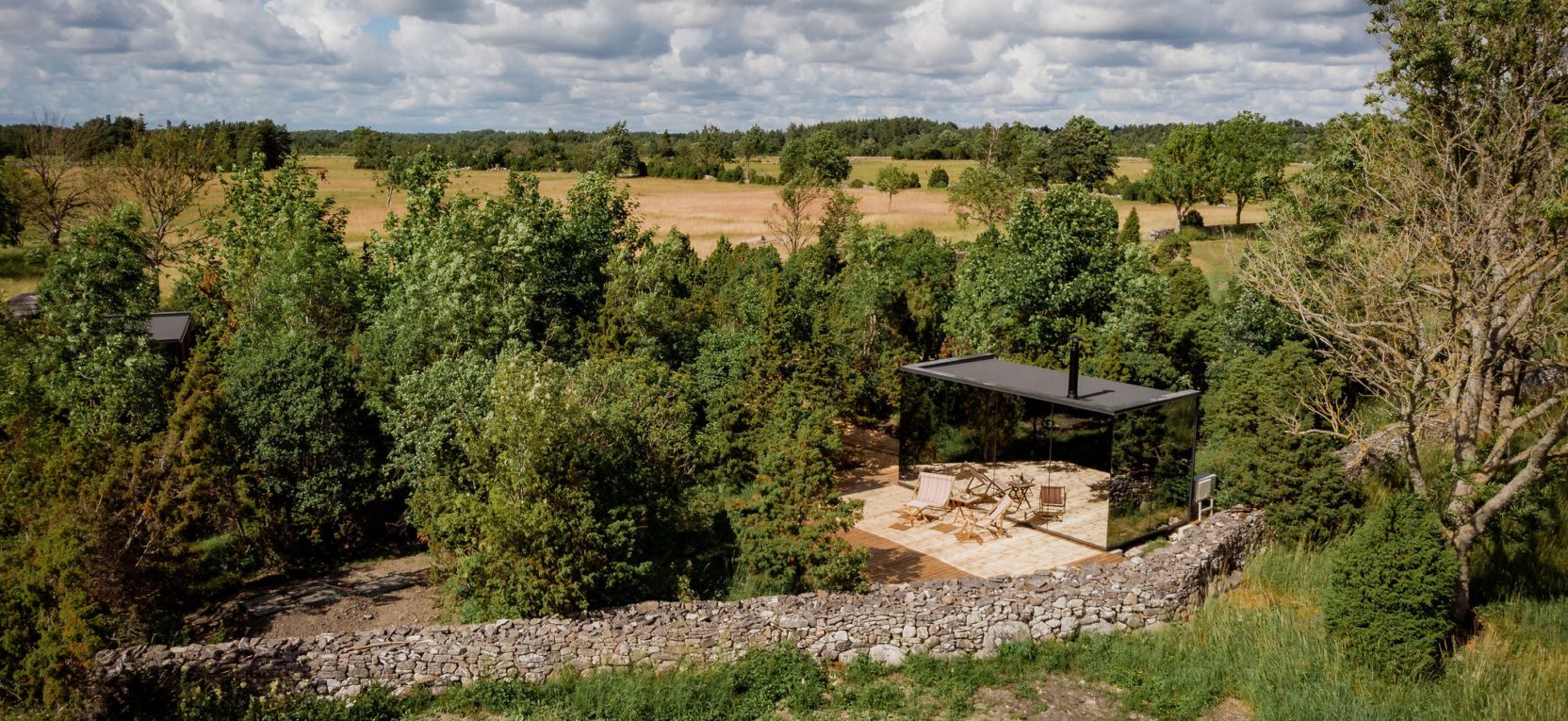How to find the right land for your nature short-term rental

Securing the perfect plot of land for your short-term rental business marks the first crucial step towards ensuring the success of your venture. The possibilities from which to choose are very diverse, ranging from coastal panoramas to mountainous views or serene lakeside locations. The site of your business holds considerable influence over numerous aspects, including seasonality, booking rates, pricing, popularity, and more. Daniel Fanselow, Head of ÖÖD Hotel Development, has put together 13 steps to keep in mind when buying land for your short-term rental.
•Location: Look for a location that’s easily accessible yet secluded enough to provide a sense of escape. Consider proximity to airports, major cities, and attractions, as well as the ease of transportation to and from the site.
•Natural Features: Seek out land with diverse natural features such as forests, rivers, lakes, mountains, or meadows. These elements add to the beauty and recreational opportunities of the retreat.
•Water Availability: Ensure reliable access to clean water for drinking, bathing, and other needs. Natural water sources like streams or springs can enhance the retreat’s appeal.
•Terrain and Accessibility: Consider the terrain of the land and how accessible it is for various activities.
•Zoning and Regulations: Understand the zoning regulations and land-use restrictions in the area. Ensure your plans for the retreat comply with local laws and regulations.
•Infrastructure: Evaluate the existing infrastructure or the potential for development. This includes roads, power supply, sewage systems, and internet connectivity. Off-grid options may require additional planning and investment.
•Privacy and Noise: Assess the level of privacy the land offers. Consider factors such as neighbouring properties, road noise, and other potential sources of disturbance.
ÖÖD by Cameron Ranch. Photo by Garrett Brown
•Safety and Security: Prioritize the safety and security of guests and staff. Consider factors like natural hazards (e.g., floods, wildfires), wildlife encounters, and emergency response capabilities.
•Community and Culture: Take into account the local community and cultural context. Building positive relationships with neighbours and respecting indigenous land rights, if applicable, are essential aspects of responsible land stewardship.
•Ecological Health: Assess the ecological health of the land. Check for biodiversity, the presence of endangered species, and the overall health of the ecosystem. Protecting and preserving nature should be a priority for a nature retreat.
•Sustainability: Embrace sustainable practices in the design and operation of the retreat. This includes energy efficiency, waste management, and minimising environmental impact.
•Market Demand and Potential: Assess the demand for nature retreat experiences in the area and the potential for attracting guests. Consider market trends, competition, and opportunities for differentiation.
•A Story: Last, but certainly not least, what is the story behind the location, concept or host? What is the inspiration? A property with a story can make all the difference!
By carefully considering these factors, you can find an ideal plot of land that not only fulfils your vision for a nature retreat but also offers an unforgettable experience for your guests while preserving and respecting the natural environment.
